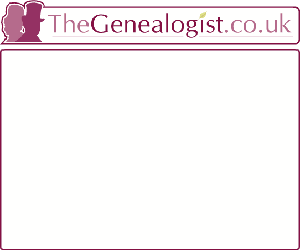
Ever since I attended a lecture by John Hanson at the Who Do You Think You Are? LIVE show, a few years back, I have been aware that, just because we family historians are able to use the births marriages and death records from the General Register Office to find our ancestor’s vital events, we should not ignore the Parish Records for the years following 1837.
Convention has us researching back in the GRO details until 1837 the year that the state in England & Wales took over the responsibility of recording our ancestors BMD’s. Before that date we rely heavily on the church records to find our forebears. But what is often disregarded is that the church has gone on keeping registers of these events and sometimes they can give us little extra bits of information that we have not got from elsewhere.
For example, this week I was looking at my paternal grandmother’s family who hail from Plymouth. I was fleshing out my family tree by concentrating on my grandmother’s brother’s and sisters. Working laterally can often be a useful technique to understanding the family and sometimes can be used to break down a brick wall or two.
I had done a broad stroke tree many years before including six siblings to the chart; but at a recent family get together I became aware that one of her brothers was missing from my tree.
As luck will have it Find My Past has recently added more than three and a half million Plymouth and West Devon parish records to their website with entries that span from 1538 to 1911. The data comes from the Plymouth City Council’s Plymouth and West Devon Record Office.
On my family tree I had George Stephens born December quarter 1888 as the eldest child of Edgar Stephens and Ellen née Colwill. I had found his birth details in the birth indexes for As I had been saving money I had not ordered his birth certificate from the GRO but noted the page and volume number.
On Find My Past’s website I have now been able to see that he was christened George Edgar Colwill Stephens at Christ Church Plymouth in 1888. The name Colwill being his mother’s maiden name. I had not expected to have found this entry in an established church in Plymouth as the child’s parents had married at the Plymouth Register Office the year before.
At the time of writing this piece, however, I have yet to find any of their other children, including my grandmother, in the parish registers that are on line. I wonder what the story is here?
The websites that I use the most at the moment are Find My Past and The Genealogist.co.uk. To take your family history further I recommend that you to consider a subscription to these websites. Take a look now and see what great data sets they have to offer:
Disclosure: The Links in the above are Compensated Affiliate links. If you click on them then I may be rewarded by Findmypast.co.uk or The Genealogist.co.uk should you sign up for their subscriptions.
 Send to Kindle
Send to Kindle










